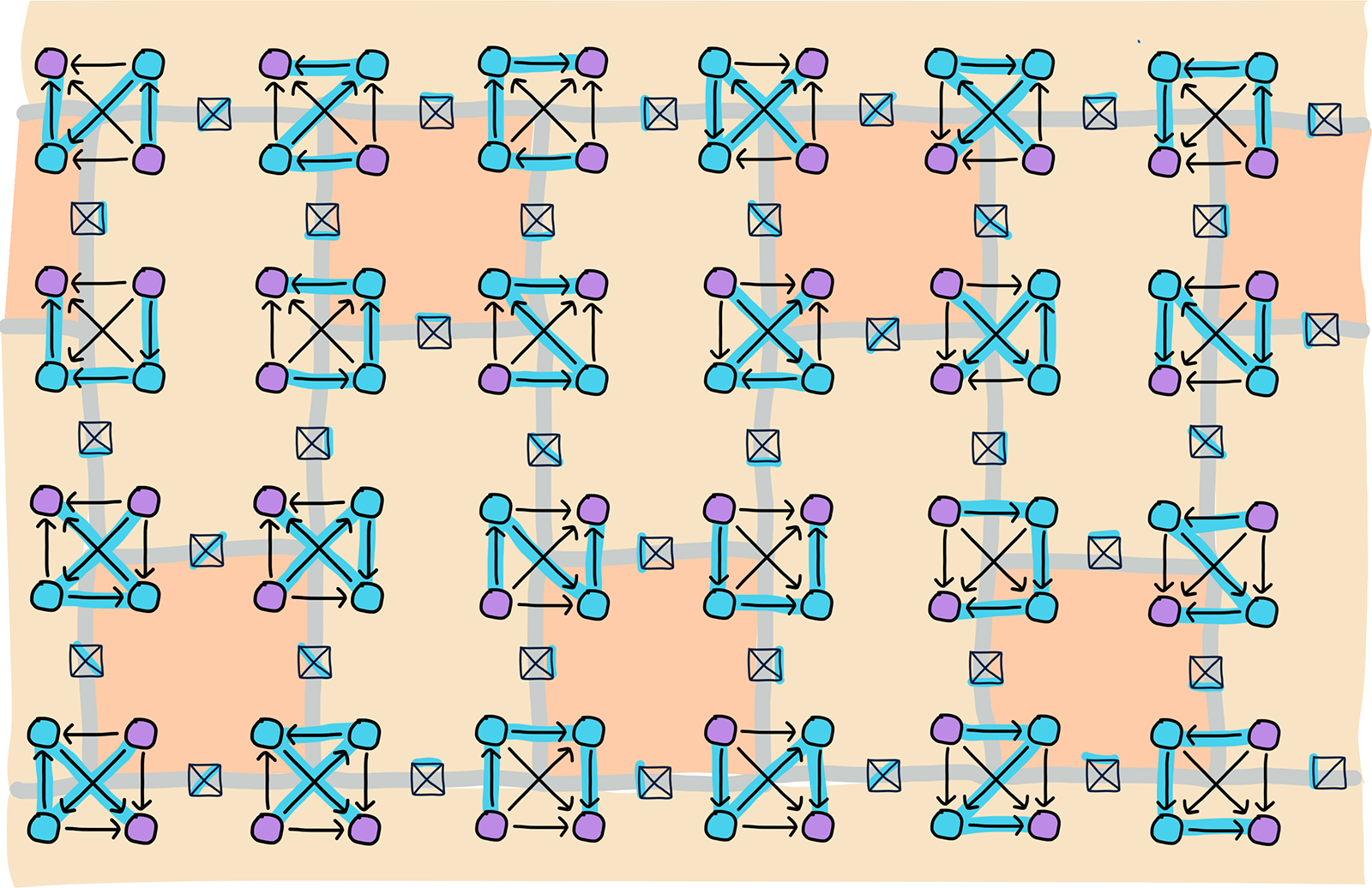Think of permutations as acyclic orientations on a complete graph. One reaches neighboring permutations by edge flips that preserve acyclicity; these correspond to adjacent pair swaps. Each edge acts as a toggle switch, so every cycle in the set of permutationsneighbor graph is even, and the parity of a permutation is well-defined.
The illustration is a permutahedron as zonotope (Mercator projection). Classification of Vertex-Transitive Zonotopes gives a survey and generalization of this point of view.

